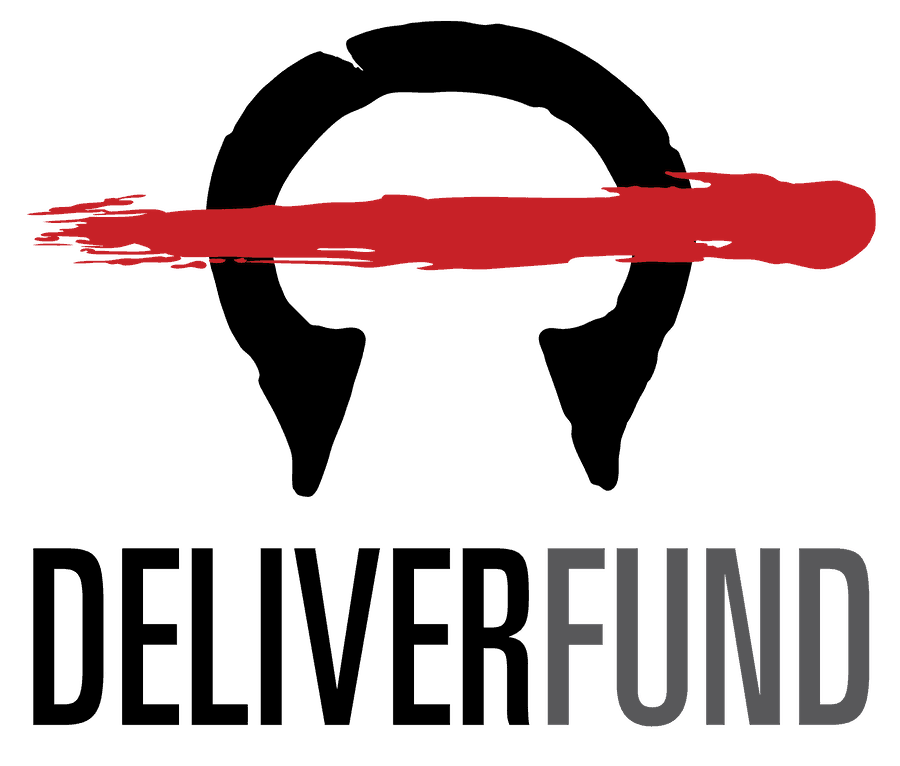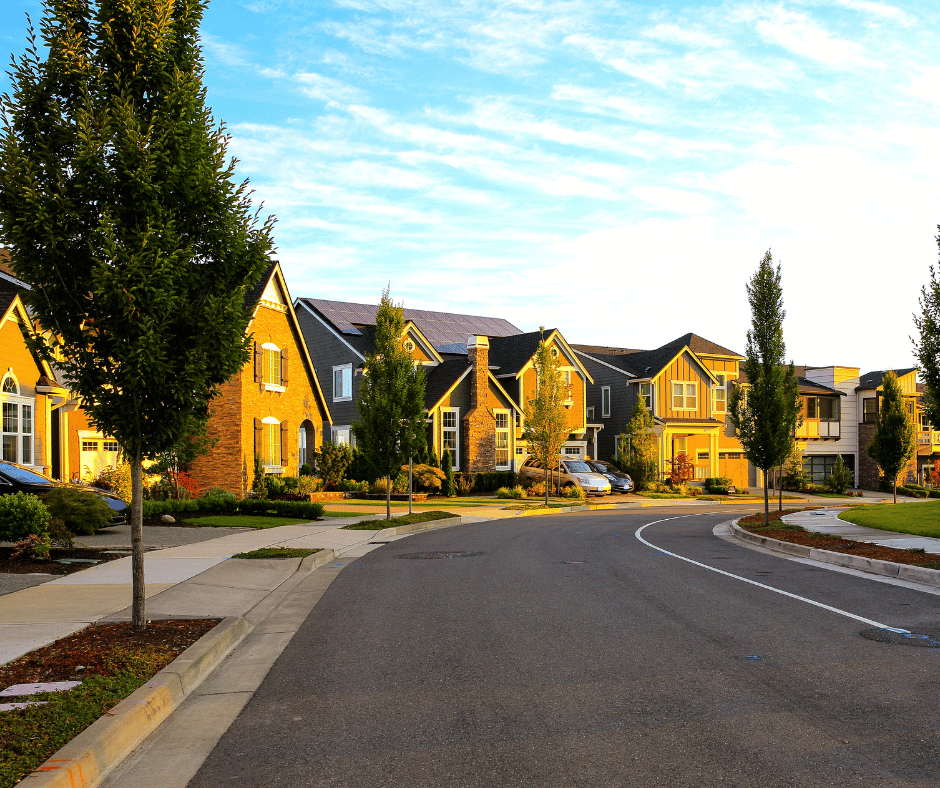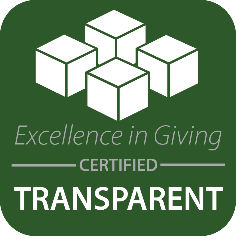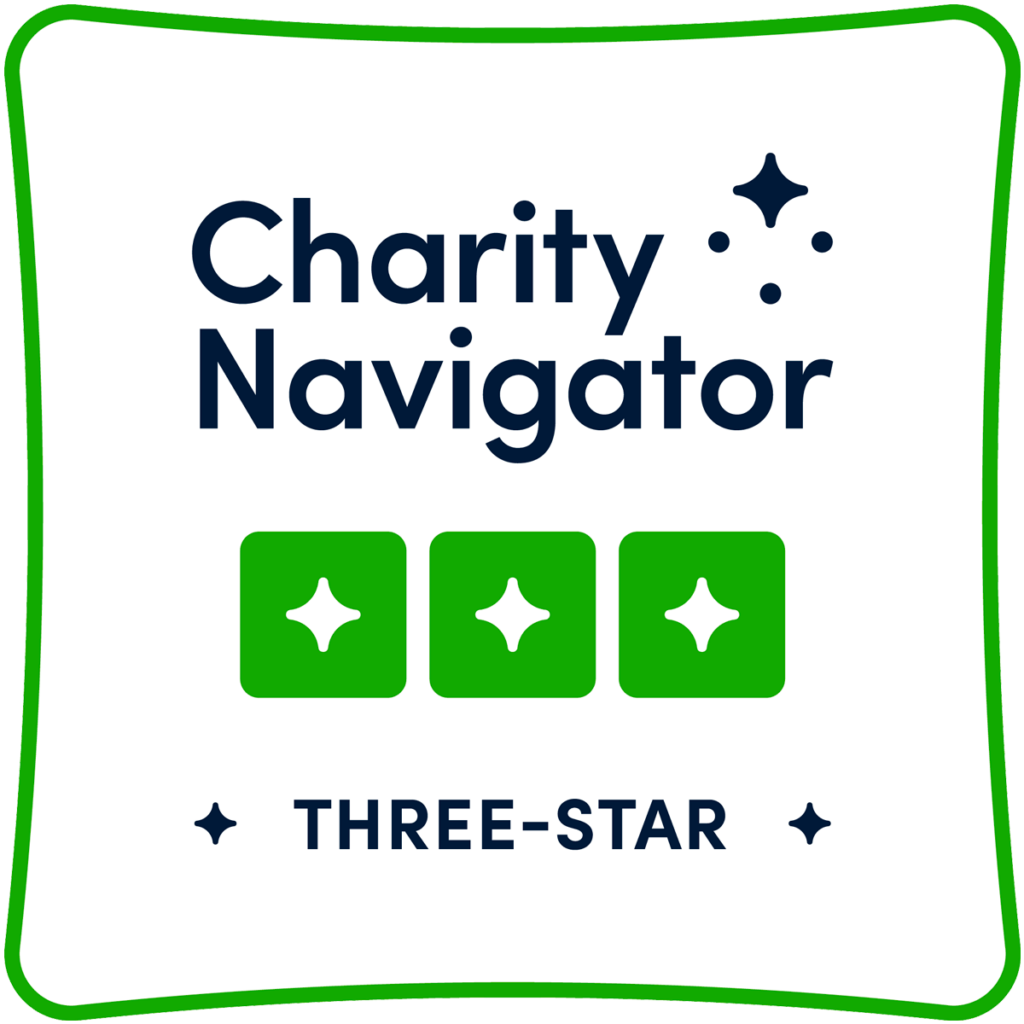Human trafficking, more accurately known as modern slavery, happens all over the world and typically is occurring in plain sight. Sometimes “hiding” is the wrong word, since many traffickers rely on the public being unaware of how the human trafficking industry really operates. While efforts of traffickers are often masked (from the public as well as from the potential victim), there are still clues about whether a situation taking places involves human trafficking.
Clues, or warning signs, can be found in public, but they can also be found on quiet streets and nice neighborhoods. Just because a setting is an unassuming one doesn’t mean it is free from the dangers of human trafficking. But a big step in preventing these actions is knowing what to look for and understanding the signs of human trafficking in your neighborhood.
What Are 5 Signs of Human Trafficking?
To be clear, it can be difficult to tell whether someone is a human trafficker, and sometimes the indicators can be subtle. But knowing these indicators could also help a victim, or potential victim, from the dangers of human trafficking. And while the below list is not a complete list of indicators, these are some of the common warning signs of human trafficking in your neighborhood or ways to tell whether a neighbor is a trafficker. Some of these items pertain to the situation of a victim, while others are signs of a human trafficking house itself.
- If a house in your neighborhood has a significant amount of traffic moving in and out of it (especially children), it is worth keeping an eye on. This isn’t to say that any house with a lot of visitors meets the criteria for a trafficking location, but there are other indicators as well, such as children who are of school age but are not going to school. This can be a very telling detail, especially if these children appear to be less than hygienic.
- If there is a house in your neighborhood and the people living there do not have a sense of the neighborhood or surrounding areas, they could be victims of trafficking, and this could be a major sign of a human trafficking house.
- Sometimes the signs of human trafficking in a neighborhood point to an individual or a group, as opposed to the house itself. A major indicator for whether a person is a victim of human trafficking comes in the form of control, or lack of. For instance, if a person is not in control of their own ID or passport or perhaps is prevented from speaking for themselves, these are warning signs of human trafficking in a home. Additionally, if this person is seen wearing the same clothes repeatedly, it is worth keeping an eye out.
- Physical health can be a telling sign of human trafficking in a home. For instance, if a person shows signs of physical and/or sexual abuse, physical restraint, confinement, or torture (such as bruising, cuts, etc.), then they might be victims of trafficking. It is common that these individuals will also be extremely skinny and malnourished.
- The signs of human trafficking don’t end with physical features but include mental struggles as well. If you notice someone in your neighborhood who is fearful, anxious, depressed, submissive, tense, or paranoid, these are strong indicators of something wrong. It is common that these indicators will be accompanied by the regular influence of drugs or alcohol. It is also common that these individuals will be overly attached to someone or that someone will be overly attached to them.
Again, this is not a complete list of signs of a human trafficking house or a surefire way to tell if someone is a human trafficker, but these indicators are common in the overall scheme of the industry. Knowing them might make a difference when the situation arises.
What Is a Characteristic of a Trafficker?
Human traffickers, though they are criminals participating in a despicable and harmful industry, are human beings and don’t always fit the same mold. If it were easy to tell if someone is a human trafficker, then the problem wouldn’t be as severe as it is today. Human traffickers are versed in operating in plain sight. But like the warning signs mentioned above, this isn’t to say there aren’t indicators that are common among human traffickers that are worth keeping an eye out for.
The biggest of these indicators is control. Control over a victim’s belongings is a strong indicator, but control over their behavior is an even stronger one. For instance, if a person needs permission to complete simple tasks, such as use the restroom by themselves, then the person they are requesting this permission from might be a human trafficker. The trafficker will also keep control of their victims’ money, from credit cards to cash to incoming paychecks, if they exist. Important documents such as ID cards or passports tend to be kept in the trafficker’s possession as well.
Human traffickers want to blend in, but neighborhoods are communities where people get to know one another. They see each other and come to learn one another’s daily routines, not because of being overly watchful but simply from proximity and familiarity. If a particular house in your neighborhood has the warning signs of being a human trafficking house, or perhaps an individual doesn’t quite fit the mold with the rest of the people who live in the house, there might be a dangerous situation going on.
What Is the Symbol for Human Trafficking?
Like other causes that need help and support, human trafficking needs more awareness and resources. One way to spread this awareness and demonstrate support is by promoting the symbol for the cause, which is a blue heart. Similar to ribbons or colors that represent certain causes or battles, the blue heart is intended to inspire and mobilize people into action against human trafficking. It is a fight that needs all hands on deck, and the blue heart has become a banner calling people to take a role in the fight. And with a fight of this size, there is not just one role to take but many.
Law enforcement agencies do their part of monitoring and rescuing victims while also arresting and prosecuting human traffickers. Organizations like DeliverFund provide intelligence to these agencies and implement technologies to locate traffickers and their victims. But individuals who donate are helping all the other pieces continue to move forward. Donations keep the fight funded and keep the awareness growing, and that is why donations are so important.
Join the Fight Today
When you donate to DeliverFund, you are joining the fight to put human traffickers out of business. For good.
